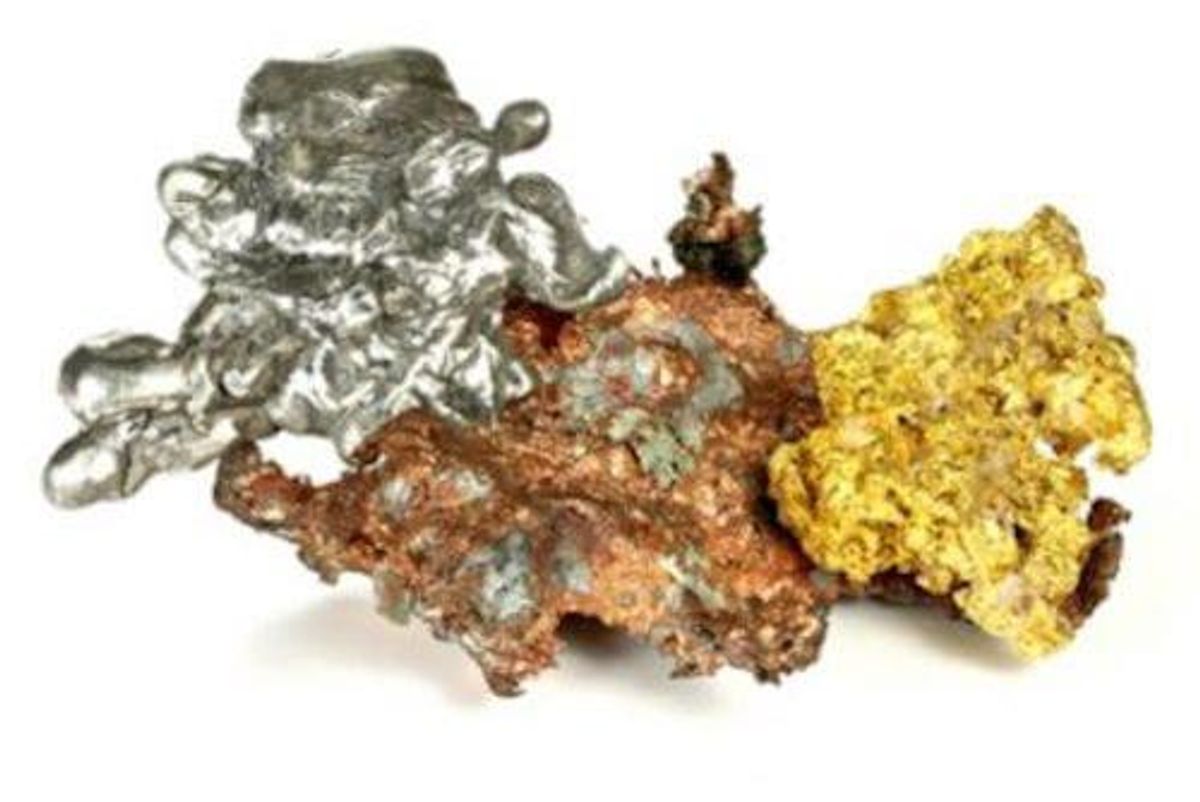Metals Weekly Round-Up: Mixed Sentiment Holds Gold Back

Gold was on track to register a modest gain on Friday even as a strong US dollar and high Treasury yields continued to add headwinds for the yellow metal.
The gold price was on track to register a modest gain on Friday (January 15) after slipping from a year-to-date high last week.
A strong US dollar mixed with high Treasury yields continued to add headwinds for gold. On the flip side, another round of COVID-19 lockdowns in Europe and North America, plus perceived dovish sentiment from the US Federal Reserve, supported the precious metal.
The yellow metal’s price hit a 60 day high of US$1,942 per ounce on January 4, but by this past Monday (January 11), values had shed 5 percent to sit at US$1,834.70.
Despite the mid-month pullback, analysts are anticipating a higher future price environment driven by US President-elect Joe Biden’s US$1.9 trillion COVID-19 relief proposal.
During a Thursday (January 14) interview with Princeton University, Fed head Jerome Powell took a dovish tone, noting the central bank would like to see inflation remain at 2 percent.
Growth in safe haven demand and inflationary tones are expected to benefit gold. However, a report from the World Gold Council states that the metal is positioned to profit in a variety of environments.
“Gold has historically performed well amid equity market pullbacks as well as high inflation,” the overview reads, noting that when inflation exceeds 3 percent, gold rises 15 percent on average.
“Notably too, research by Oxford Economics shows that gold should do well in periods of deflation. Such periods are typically characterized by low interest rates and high financial stress, all of which tend to foster demand for gold.”
At 10:02 a.m. EST on Friday, gold was trading for US$1,840.10.
Silver also spent the second full week of the year trying to regain a high set in the previous session.
The price of the white metal trended to a five month high in early January, nearing the US$30 per ounce threshold, but volatility pushed it back to the US$25 range this week. Silver has been unable to breach the US$26 level since; it was changing hands at US$25.01 as of 10:10 a.m. EST on Friday.
As gold and silver struggled to retain gains, platinum edged to a three year high of US$1,114 per ounce on Thursday. Palladium also registered an uptick, but it was muted compared to platinum.
Moving forward, both metals are anticipated to capitalize off of a resurgence in global automotive demand, as well as increased industrial calls.
“A key factor that is expected to help both platinum and palladium is the ample liquidity as a result of accommodative monetary and fiscal policy amid improving economic conditions,” said Rohit Savant of CPM Group. “Being industrial precious metals they should benefit from this environment.”
Savant said both metals will also benefit from supply challenges out of South Africa.
“Both metals are expected to rise during the year, (and) platinum is expected to outperform palladium,” he added. “Platinum’s price performance is expected to lag only that of silver among the exchange-traded precious metals.”
At 10:45 a.m. EST on Friday, platinum was at US$1,075, while palladium was at US$2,284 per ounce.
Base metals were mixed this week as corrections pulled some of them lower early in the week. Concern that lockdowns could disrupt supply chains again helped the metals move higher late in the week.
“Overall, we think we are in a long-term bull market but we should expect countertrend moves along the way,” reads a Friday note from FastMarkets. “But with the pandemic still spreading at a fast pace, which increases the chances of lockdowns or restrictive measures that could impact supply, supply chains may feel they need to keep well stocked.”
Copper prices started the session trading at US$7,951 per tonne, a 2.3 percent decline from their January 8 value of US$8,146, which was an eight year high.
The pullback was brief, and copper climbed back to the US$8,000 range late in the week.
“The bullish investor sentiment for copper was stoked by news of supply disruptions in Peru, a major US coronavirus relief package passing into law, the Democratic Party gaining control of the US Senate and optimism over the global coronavirus vaccine rollout, which is fueling hopes for a stronger global recovery as 2021 progresses,” highlights a report from S&P Global Market Intelligence.
Copper was selling for US$8,002 on Friday morning.
Zinc prices trended lower this week, but were able to hold at US$2,700 per tonne, a level unseen since 2019. The metal started the five day period trading at US$2,764.50 and had slid to US$2,716 by Friday.
Nickel rose 4.5 percent for the week, driven higher by a supply disruption out of the Philippines, the second leading nation for nickel output.
Lead also moved higher throughout the week, breaking past US$2,000 per tonne. According to Fastmarkets, the broad rally in the base metals space appears to be strong.
“While the rallies are looking a bit tired across the LME metals and temporary corrections seem overdue, underlying sentiment still seems to be strong and if the dollar starts to weaken again that may be another excuse for prices to remain underpinned,” a FastMarkets report from Wednesday (January 13) reads. “The prospect for more stimulus spending in the United States may well help too.”
Lead was holding at US$2,040 Friday.
Don’t forget to follow us @INN_Resource for real-time updates!
Securities Disclosure: I, Georgia Williams, hold no direct investment interest in any company mentioned in this article.
Editorial Disclosure: The Investing News Network does not guarantee the accuracy or thoroughness of the information reported in the interviews it conducts. The opinions expressed in these interviews do not reflect the opinions of the Investing News Network and do not constitute investment advice. All readers are encouraged to perform their own due diligence.